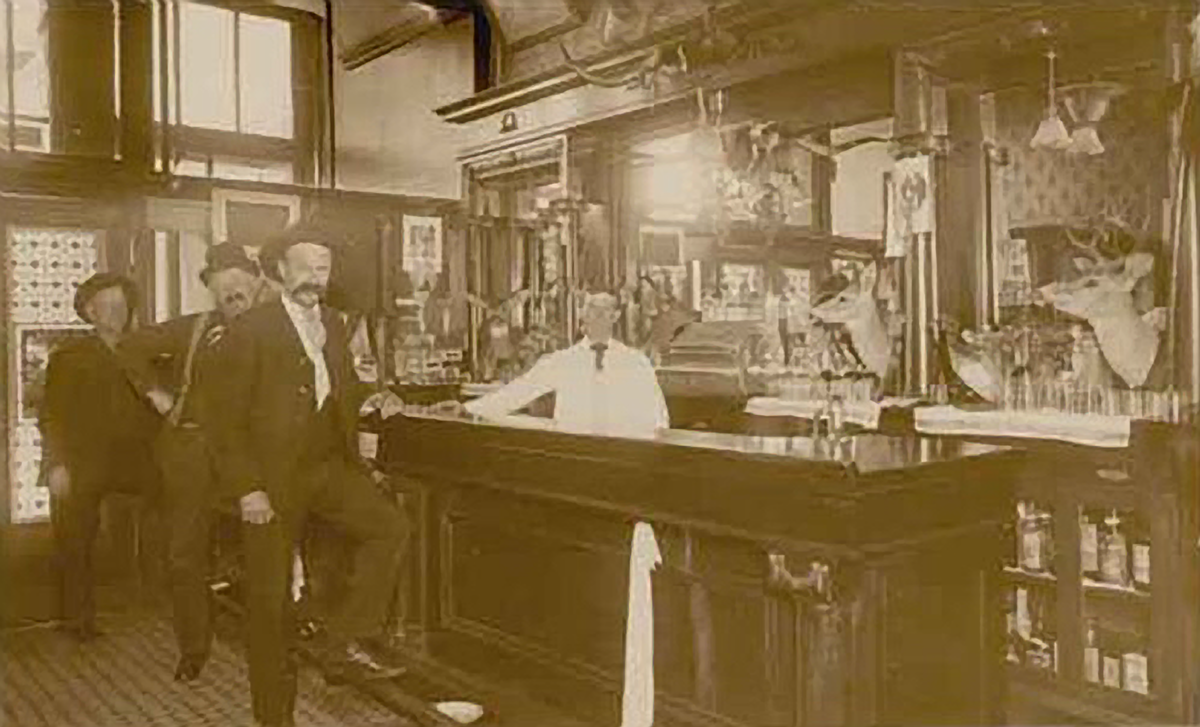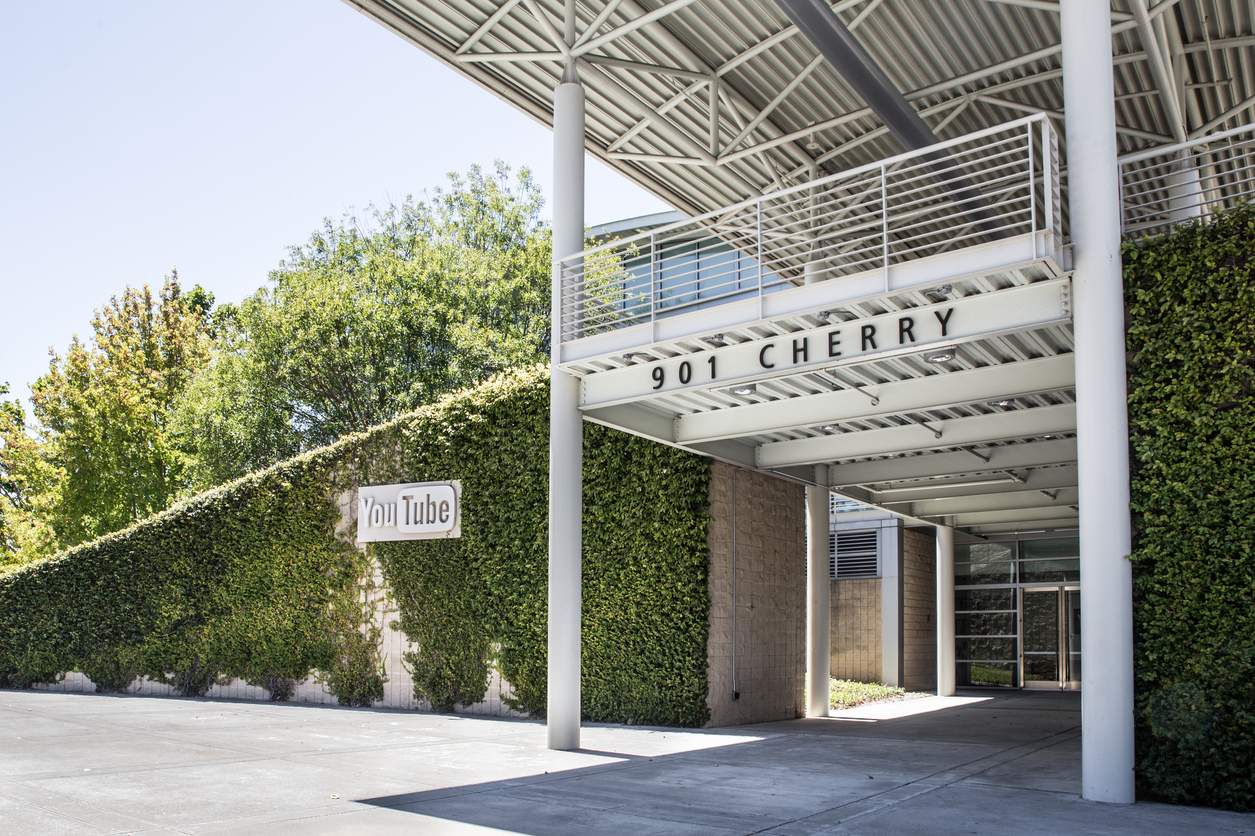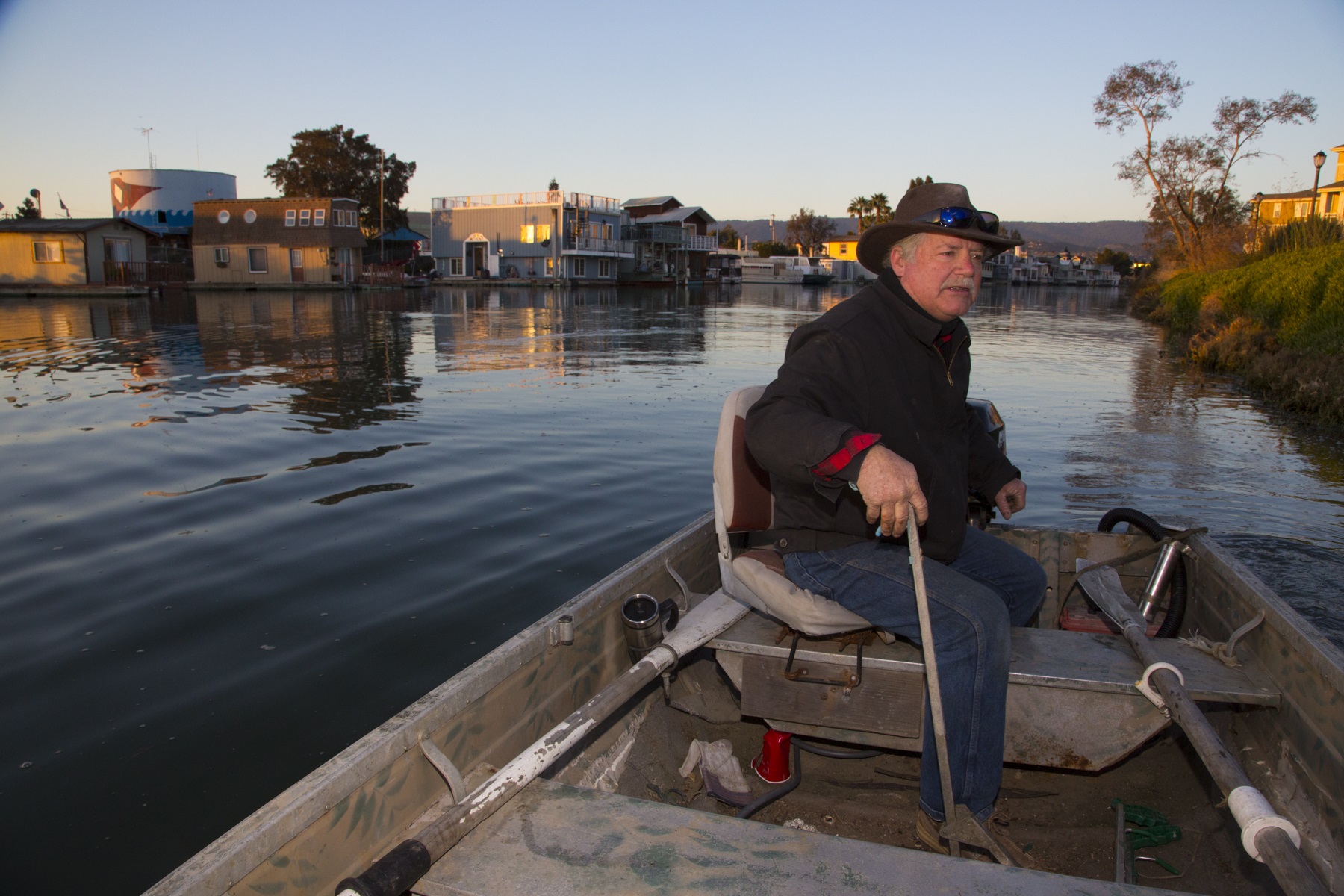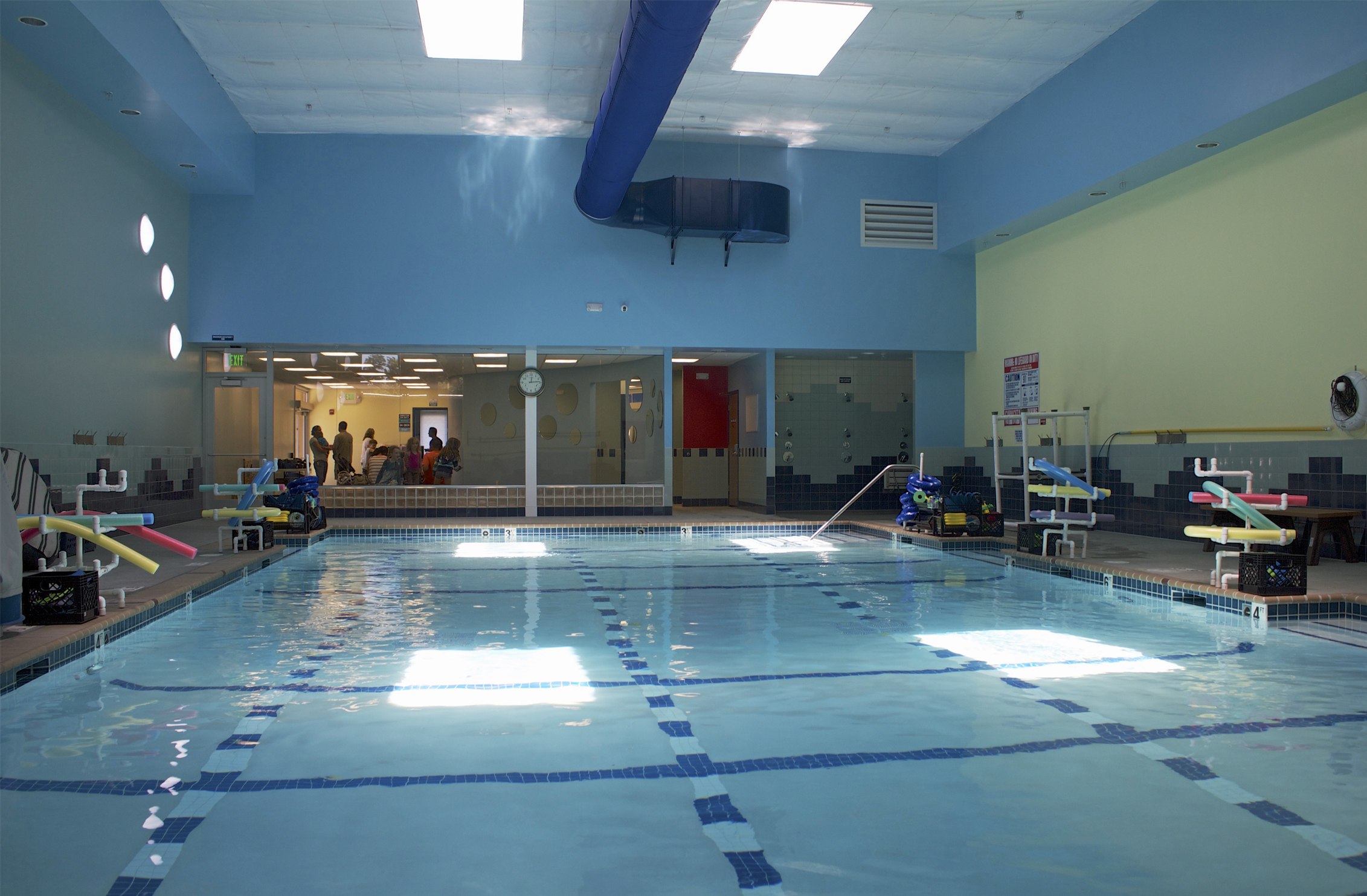Political Climate with Mark Simon: Splitting California into 3 states divisive in several ways
If splitting California into six states was a loopy idea, is splitting it into three states half-loopy?
Splitting up California is the brainchild of Tim Draper, a third-generation venture capitalist who apparently thinks smaller is better, although I suspect that is not the lesson he is teaching the budding entrepreneurs enrolled at San Mateo-based Draper University of Heroes, which puts on a nice street fair.
He has plenty of money, having invested early in Skype. Being smart at one thing appears to make him feel smart about many other things, although, it must be said, there is quite a long history in California of business executives failing miserably at politics, it being a little more difficult than it looks.
Anyway, he is willing to spend some of that money on his pet projects. In 2000, he spent more than $23 million on Proposition 38, a measure that would have allowed the state to spend $4,000 per pupil enrolled at private and religious schools. It also restricted the state from applying academic standards to these private schools. By the way, his dad also spent $2 million on the measure. It’s nice to see a family stick together. The measure failed.
In 2014, he spent $5 million trying to get a measure on the statewide ballot to divide California into six states, but roughly half the signatures he collected were invalid and the measure never was put before the voters.
Now, he’s back with what might be called a half-measure: dividing California into three states. It would be easy to call it silly, but it makes sense to take it seriously.
Not the proposal – it is silly. Draper’s measure, if it qualifies for the ballot, will lose, but it can still do a lot of damage. The debate it will touch off has the potential to be seriously harmful and divisive at a time when our politics are badly divided.
What we need are our leaders – in government, politics and business – to look for ways to bring us together around common values and concerns.
The proposal was dismissed for just these reasons by Paul Saffo, who was the keynote speaker Saturday at the Redwood City-San Mateo County Chamber of Commerce’s 49th Progress Seminar, the annual gathering of San Mateo County leaders, who meet in Monterey to discuss the leading issues affecting the county and, oddly enough, seek consensus solutions. Saffo is a renowned futurist from Stanford, an engaging and thoughtful thinker about society, change and the dynamics that impact human behavior.
Saffo called Draper “the clown prince of Silicon Valley” and an example of “folks who get too rich too fast and decide to make everyone else unhappy.”
The three-states measure is “extraordinarily dangerous” because it undermines “our most valuable resource: our social cohesion,” Saffo said.
There are a wide number of interests around the country and the world “who love to see California get into a fight with ourselves,” he said.
There are parts of the state – largely the more rural eastern and far northern counties — where splitting off from California long has been advocated and signs calling for the creating of the State of Jefferson are becoming more prominent. The Draper proposal will only fuel that sentiment and embolden those who want their differences to become codified, rather than resolved.
California works in many ways, and it works best when we listen to one another, “not by insulting people,” Saffo said. “The stakes are really high.”
Saffo asked the audience members to show their support for a unified California by the simple act of putting on their cars a sticker depicting the Bear Flag Republic state flag.
Draper’s principal argument is that government is too large to be effective and that people are leaving California because it doesn’t work anymore.
In reality, the only problem Draper has with government is that he can’t get it to do what he wants, whether it’s put in place a draconian voucher system that would enrich private schools at the expense of public education or eliminate financial regulations and restrictions aimed to protect the American economy from abuse.
Yes, Draper spent $23 million on that failed voucher measure in 2000, and he spent $5 million in 2014 in an unsuccessful effort to put his first split-California measure on the ballot. Maybe he spent that much this time, too.
What we do know is this: He is likely to have more impact on improving California by spending his money on resolving the problems that face the state. Imagine what a local housing nonprofit might do if it had $28 million to spend. It might enable some folks to stick around.
Contact Mark Simon at mark@climaterwc.com







